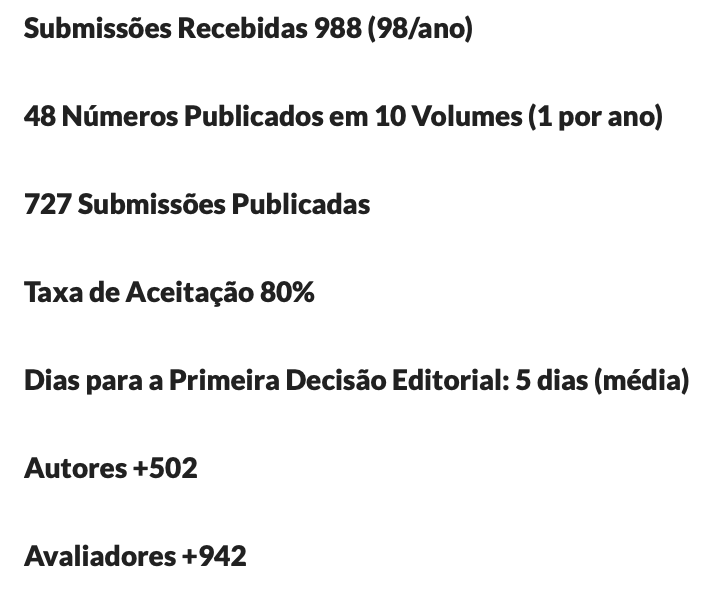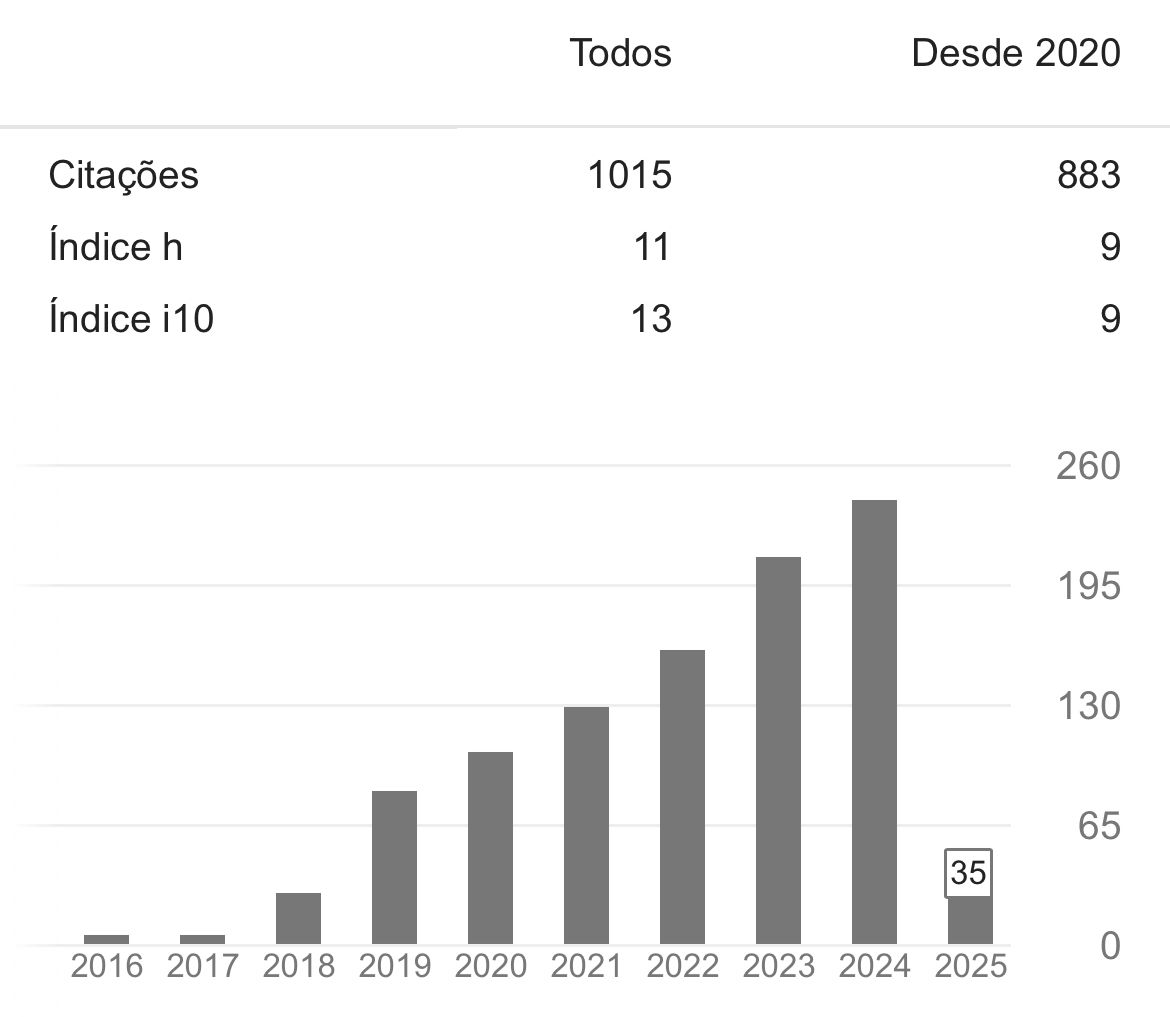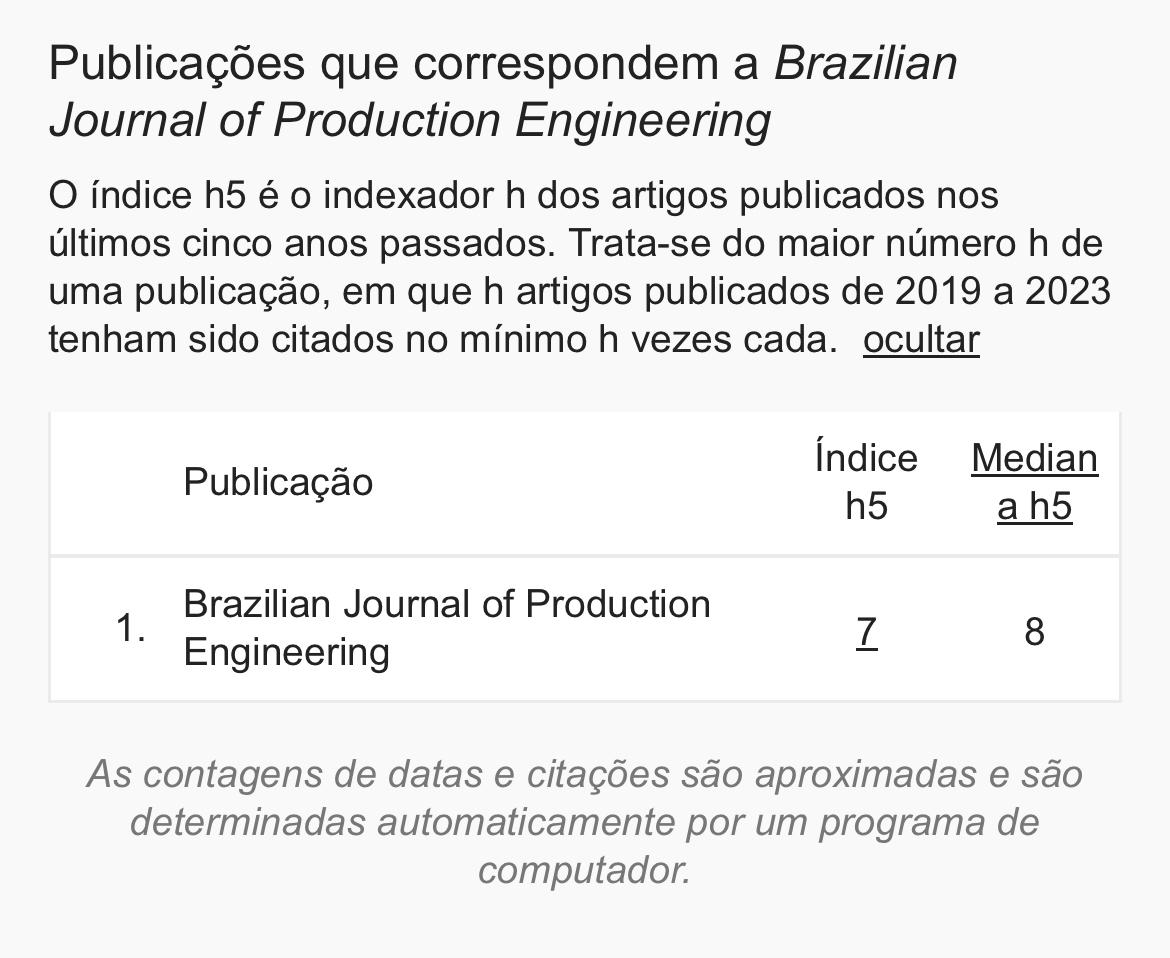Monitoring greenhouse gas emissions through sensors in the cement industry: a review
DOI:
https://doi.org/10.47456/bjpe.v9i5.42697Keywords:
circular economy, cement industry, emissions, sensorsAbstract
The importance of sustainability and circular economy in the cement industry has grown in the face of climate change and natural resource scarcity. This industry is responsible for a significant share of carbon dioxide emissions, ranking as the third-largest global emitter. The adoption of clean technologies and the implementation of sensors in the cement industry are crucial for reducing greenhouse gas emissions. They enable production planning, waste reduction, and product quality improvement by providing accurate estimates of difficult-to-measure variables. This empowers companies to make informed decisions and maximize operational efficiency. The methodology adopted in this study was a systematic literature review that addressed the application of sensors in the cement industry, focusing on greenhouse gas monitoring as well as circular economy and sustainability practices. The aim was to analyze the importance and benefits of sensor implementation in the cement industry, identifying advancements, challenges, and trends. It was concluded that sensor implementation in the cement industry is necessary for transforming the production process, promoting sustainability and operational efficiency, and contributing to resource preservation, energy efficiency, and decarbonization.
Downloads
References
ABCP. Associação Brasileira de Cimento Portland. (2020). Panorama do coprocessamento no Brasil. Retirado de https://coprocessamento.org.br/wp-content/uploads/2020/10/Panoramaco_processamento_2020_bx.pdf
ABRELPE. (2022). Panorama dos Resíduos Sólidos no Brasil 2022. São Paulo: ABRELPE.
Bauer, L.A.F. (2005). Materiais de construção (5ª ed.). Rio de Janeiro: Livros Técnicos e Científicos.
Blomsma, F., & Brennan, G. (2017). The Emergence of Circular Economy: A New Framing Around Prolonging Resource Productivity. Journal of Industrial Ecology, 21(3), 603-614. https://doi.org/10.1111/jiec.12603 DOI: https://doi.org/10.1111/jiec.12603
Cantini, A., Leoni, L., De Carlo, F., Salvio, M., Martini, C. & Martini, F. (2021). Technological Energy Efficiency Improvements in Cement Industries. Sustainability - 13, 3810. https://doi.org/10.3390/ su13073810 DOI: https://doi.org/10.3390/su13073810
ENGETOP. (2018). Uso da energia em indústrias cimenteiras. Recuperado de https://engetop.org/uso-da-energia-em-industrias-cimenteiras/
IPCC. (2022). Climate Change 2022: Impacts, Adaptation, and Vulnerability. Contribution of Working Group II to the Sixth Assessment Report of the Intergovernmental Panel on Climate Change [H.-O. Pörtner, D.C. Roberts, M. Tignor, E.S. Poloczanska, K. Mintenbeck, A. Alegría, M. Craig, S. Langsdorf, S. Löschke, V. Möller, A. Okem, B. Rama (eds.)]. Cambridge University Press. doi:10.1017/9781009325844 DOI: https://doi.org/10.1017/9781009325844
Jadoon, U., Ahmad, I., Hussain, A., & Menezes, B. (2020). Development of Virtual Sensors for Prediction of Flue Gas Composition of a Cement Plant using Ensemble Learning Technique.
Jadoon, U. K., Ahmad, I., Noor, T., Kano, M., Caliskan, H., & Ahsan, M. (2022). An intelligent sensing system for estimation of efficiency of carbon-capturing unit in a cement plant. Journal of Cleaner Production, 377, 134359. https://doi.org/10.1016/j.jclepro.2022.134359 DOI: https://doi.org/10.1016/j.jclepro.2022.134359
Jiang, Y., Yin, S., Dong, J., & Kaynak, O. (2021). A Review on Soft Sensors for Monitoring, Control, and Optimization of Industrial Processes. IEEE Sensors Journal, 21(11), 12868–12881. https://doi.org/10.1109/JSEN.2020.3033153 DOI: https://doi.org/10.1109/JSEN.2020.3033153
Perera, Y. S., Ratnaweera, D. A. A. C., Dasanayaka, C. H., & Abeykoon, C. (2023). The role of artificial intelligence-driven soft sensors in advanced sustainable process industries: A critical review. Engineering Applications of Artificial Intelligence, 121, 105988. https://doi.org/10.1016/j.engappai.2023.105988 DOI: https://doi.org/10.1016/j.engappai.2023.105988
Queiroz Filho, A. de A., & Amorim Neto, A. A. (2018). Sumário Brasileiro Mineral 2018: Cimento [PDF file]. ANM/PE gov. Recuperado de https://www.gov.br/anm/pt-br/centrais-de-conteudo/publicacoes/serie-estatisticas-e-economia-mineral/sumario-mineral/pasta-sumario-brasileiro-mineral-2018/cimento
Rocha, P., & Cardeira, A. (2021). Transição Energética e Descarbonização: Eficiência, competitividade, inovação na Indústria de Cimento Nacional e Políticas Públicas de apoio à sua transformação.
SNIC. Sindicato Nacional da Indústria do Cimento. (2019). Roadmap Tecnológico do Cimento: Potencial de Redução das Emissões de Carbono da Indústria do Cimento Brasileira até 2050. Rio de Janeiro.
Stöhr, M., & Zielke, T. (2023). Machine Learning for Soft Sensors and an Application in Cement Production. Em K. Von Leipzig, N. Sacks, & M. Mc Clelland (Orgs.), Smart, Sustainable Manufacturing in an Ever-Changing World (p. 627–638). Springer International Publishing. https://doi.org/10.1007/978-3-031-15602-1_46 DOI: https://doi.org/10.1007/978-3-031-15602-1_46
Sun, C., Zhang, Y., Huang, G., Liu, L., & Hao, X. (2022). A soft sensor model based on long&short-term memory dual pathways convolutional gated recurrent unit network for predicting cement specific surface area. ISA Transactions, 130, 293–305. https://doi.org/10.1016/j.isatra.2022.03.013 DOI: https://doi.org/10.1016/j.isatra.2022.03.013
Teplická, K., & Sedláková, Z. (2023). Avaliação da qualidade do processo produtivo de cimento em termos de aumento do desempenho da empresa. Processos, 11(3), 791. MDPI AG. Retirado de http://dx.doi.org/10.3390/pr11030791 DOI: https://doi.org/10.3390/pr11030791
Tracy, B., & Novak, A. (2023). Cement industry accounts for about 8% of CO2 emissions. One startup seeks to change that. CBS News. Recuperado de https://www.cbsnews.com/news/cement-industry-co2-emissions-climate-change-brimstone/
Velenturf, A. P. M., & Purnell, P. (2021). Principles for a sustainable circular economy. Sustainable Production and Consumption, 27, 1437–1457. https://doi.org/10.1016/j.spc.2021.02.018 DOI: https://doi.org/10.1016/j.spc.2021.02.018
Votorantim Cimentos. (2021). Relatório Integrado 2021. Recuperado de https://www.votorantimcimentos.com.br/relatorio-integrado-2021
Zhao, Y., Ding, B., Zhang, Y., Yang, L., & Hao, X. (2021). Online cement clinker quality monitoring: A soft sensor model based on multivariate time series analysis and CNN. ISA Transactions, 117, 180–195. https://doi.org/10.1016/j.isatra.2021.01.058 DOI: https://doi.org/10.1016/j.isatra.2021.01.058

Downloads
Published
How to Cite
Issue
Section
License
Copyright (c) 2023 Brazilian Journal of Production Engineering

This work is licensed under a Creative Commons Attribution-NonCommercial-ShareAlike 4.0 International License.

















































































